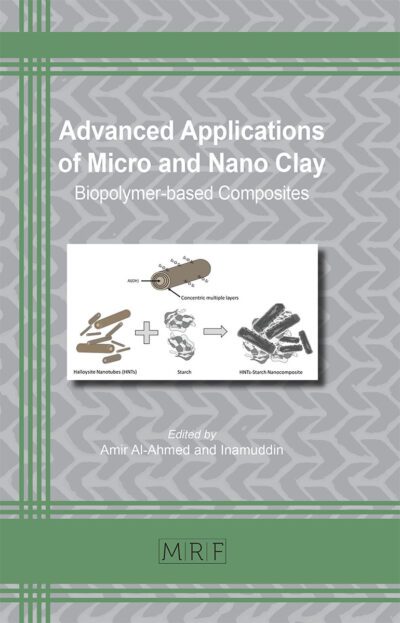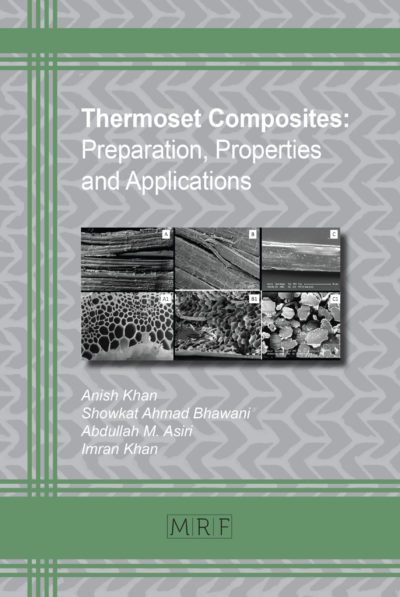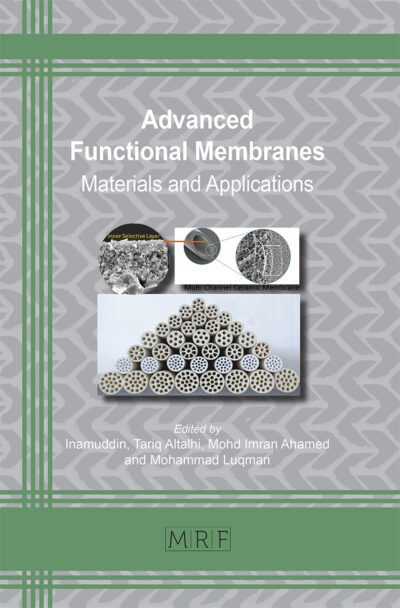Numerical workflow for skin model tolerancing applied to a composite study
Clément FREYSSINET, Tanguy MORO, Yvan DENIS, Estelle CASTANET, Sibin SASEENDRAN
Abstract. In industry, each part must satisfy a set of requirements to fully perform its functions. These requirements determine how the part should be designed and engineered. However, the manufactured part is never exactly like the nominal part. The manufactured part has defects due to the manufacturing variabilities. Tolerancing is therefore used to define acceptable geometrical defects: this is known as tolerance analysis. To perform a tolerancing study of geometrical surfaces, a popular approach is the skin model shape approach. In this context, the Resin Transfer Molding (RTM) manufacturing process is modeled and simulated with a set of variabilities. The resulting displacement fields from the geometrical distortions are post-treated to identify part and assembly tolerances for an Outlet Guide Vane (OGV).
Keywords
Tolerancing, Skin Model, Composite, Uncertainty Propagation
Published online 5/7/2025, 10 pages
Copyright © 2025 by the author(s)
Published under license by Materials Research Forum LLC., Millersville PA, USA
Citation: Clément FREYSSINET, Tanguy MORO, Yvan DENIS, Estelle CASTANET, Sibin SASEENDRAN, Numerical workflow for skin model tolerancing applied to a composite study, Materials Research Proceedings, Vol. 54, pp 419-428, 2025
DOI: https://doi.org/10.21741/9781644903599-46
The article was published as article 46 of the book Material Forming
![]() Content from this work may be used under the terms of the Creative Commons Attribution 3.0 license. Any further distribution of this work must maintain attribution to the author(s) and the title of the work, journal citation and DOI.
Content from this work may be used under the terms of the Creative Commons Attribution 3.0 license. Any further distribution of this work must maintain attribution to the author(s) and the title of the work, journal citation and DOI.
References
[1] Y. Denis, N. Siddig, S. Montagud Perez De Lis, C. Freyssinet and T. Moro, A comprehensive numerical workflow to simulate post-manufacture shape distorsions in composite materials, ESAFORM, 2025.
[2] N. Anwer, B. Schleich, L. Mathieu and S. Wartzack, From solid modelling to skin model shapes: Shifting paradigms in computer-aided tolerancing CIRP Annals, Manufacturing Technology, Volume 63, Issue 1, Pages 137-140, 2014. https://doi.org/10.1016/j.cirp.2014.03.103
[3] B. Schleich, N. Anwer, L. Mathieu and S. Wartzack, Skin model shapes: A new paradigm shift for geometric variations modelling in mechanical engineering, Computed-Aided Design, Volume 50, Pages 1-15, 2014. https://doi.org/10.1016/j.cad.2014.01.001
[4] A. Berthelier Pierre and P. A. Rance, MECAMaster, http://www.mecamaster.com/, 1990.
ESI Group, ESI launches simulation software for composites, https://www.esi-group.com/, 2017.
[5] T. Moro, Y. Denis, N. Siggid and Y. Le Guennec, A full product/process numerical workflow based on skin model shapes for telerancing analysis of an assembly of composite parts, Procedia CIRP, Volume 129, Pages 79-84, 2024. https://doi.org/10.1016/j.procir.2024.10.015
[6] ISO 8015, Geometrical product specifications (GPS), Fundamentals, Concepts, principles and rules, 2011.
[7] ISO 17450-1, Geometrical product specifications (GPS), General concepts, Part 1: Model for geometrical specification and verification, 2011.
[8] ISO 17450-2, Geometrical product specifications (GPS), General concepts, Part 2: Basic tenets, specifications, operators, uncertainties and ambiguities, 2012.
[9] ISO 17450-3, Geometrical product specifications (GPS), General concepts, Part 3: Toleranced features, 2016.
[10] ISO 17450-4, Geometrical product specifications (GPS), Basic concepts, Part 4: Geometrical characteristics for quantifying GPS deviations, 2017.
[11] ISO 14405-1, Geometrical product specifications (GPS), Dimensional tolerancing, Part 1: Linear sizes, 2016.
[12] ISO 14405-2, Geometrical product specifications (GPS), Dimensional tolerancing, Part 2: Dimensions other than linear or angular sizes, 2018.
[13] ISO 14405-3, Geometrical product specifications (GPS), Dimensional tolerancing, Part 3: Angular sizes, 2016.
[14] ISO 1101, Geometrical product specifications (GPS), Geometrical tolerancing, Tolerances of form, orientation, location and run-out, 2017.
[15] NF E04-008, Geometrical Product Specifications (GPS) – Tolerance allocation method, indications and acceptance criteria – Methods based on arithmetics, quadratic, semi-quadratic and inertial statistics, 2013.
[16] G. Andrianov, S. Burriel, A. Dutfoy, I. Dutka-Malen, E. De Rocquigny and B. Sudret, Open TURNS, an Open source initiative to Treat Uncertainties, Risks’N Statistics in a structured industrial approach, 2007: https://openturns.github.io/.
[17] J. A. Batlle and A. B. Condomines, Interaction Forces between Rigid Bodies, Rigid Body Dynamics, Cambridge University Press, Pages 79-150, 2022. https://doi.org/10.1017/9781108896191.003
[18] A. E. Hami and B. Radi, Incertitudes, optimisation et fiabilité des structures, Lavoisier, 2013.
[19] Y. Bai and W. L. Jin, Chapter 33 – Random Variables and Uncertainty Analysis, Marine Structural Design (Second Edition), Butterworth-Heinemann, Pages 615-625, 2016. https://doi.org/10.1016/B978-0-08-099997-5.00033-2
[20] N. C. Metropolis and S. M. Ulam, The Monte Carlo Method, Journal of the American Statistical Association, Volume 44, Pages 335-341, 1949. https://doi.org/10.1080/01621459.1949.10483310














